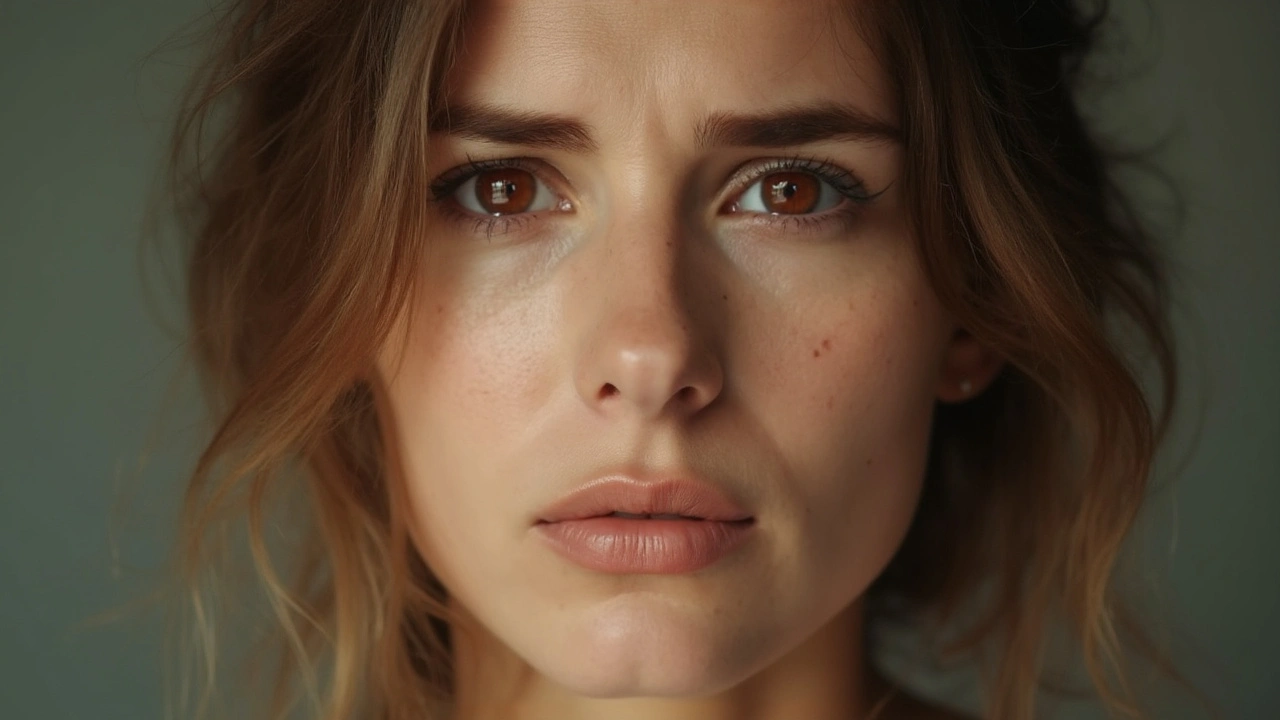Thyroid Eye Disease: What It Looks Like and How to Manage It
If your eyes feel puffy, gritty, or you notice new double vision, thyroid eye disease (TED) could be behind it. It’s a condition where the immune system attacks the tissues around the eyes, often linked to Graves’ disease but can appear with other thyroid problems. Knowing the warning signs early helps you get the right care before vision gets affected.
Common signs you shouldn’t ignore
Most people first notice swelling of the eyelids or a bulging look called exophthalmos. Redness, tearing, and a sensation of sand in the eyes are also typical. Some experience trouble moving the eyes, which leads to double vision, especially when looking to the side. If you feel a pressure behind the eyes or notice that your eyelids don’t close fully, it’s time to talk to an eye doctor.
Why it happens and who’s at risk
TED occurs when immune cells mistakenly target the muscles and fatty tissue behind the eyes. This inflammation makes the tissues expand, pushing the eye forward. The biggest risk factor is an overactive thyroid (hyperthyroidism), but even people with normal thyroid levels can develop the disease. Women are more likely to get it, and it usually shows up between ages 30 and 50.
Getting a proper diagnosis starts with a thorough eye exam and blood tests to check thyroid function. Imaging like a CT scan can show how much the eye muscles have thickened. Your doctor will also rate the severity using a simple scale that guides treatment choices.
When it comes to treatment, the goal is to calm the immune attack and protect vision. First‑line therapy often includes steroids to reduce inflammation. In more stubborn cases, doctors may use a medication called teprotumumab, which specifically blocks the growth signals that cause eye tissue swelling. Radiation or surgery is considered when the disease is severe or doesn’t respond to medicine.
Besides medical options, lifestyle tweaks can ease symptoms. Wearing sunglasses protects your eyes from wind and bright light, while using artificial tears keeps them lubricated. Elevating your head while sleeping reduces morning puffiness. If you smoke, quitting is crucial—smoking makes TED worse and can lower the success of treatments.
Regular follow‑up appointments let your eye specialist track changes and adjust therapy quickly. Even after the swelling goes down, some people need surgery to correct eyelid position or eye alignment for better vision and comfort.
Bottom line: thyroid eye disease can be unsettling, but with early detection and a mix of medication, lifestyle changes, and sometimes surgery, most people keep good eye function. If any of the symptoms sound familiar, schedule a visit with an ophthalmologist who knows about TED. Acting fast can save you from permanent eye problems.
-

Eye Redness and Thyroid Disease: Causes, Symptoms, and Treatment Explained
Find out how eye redness links to thyroid disease, what symptoms to watch for, and what treatments help manage eye issues from thyroid problems.